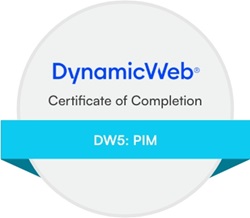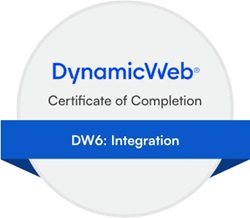Hi ,
I have defined and imported different product units. As you can see in the screenshot below, the defined 'Sales unit' is always the base unit: "always 1 piece".
My source file with the stock quantities only has 1 line per product, because the stock amount is expressed in Sales Units. E.G. sku ABC with quantity 2984.
Where I'm stuck:
On the frontend clients should be able to order per Sales unit, Outer Box or Pallet. This is because they are used to it. But from a the vendor's technical point of view it are all just different amounts of base units.
How can I render the multiple product units-feature on the product page frontend, and at the same time use a simple import as explained above. This means no stock matrix.
Kind regards












